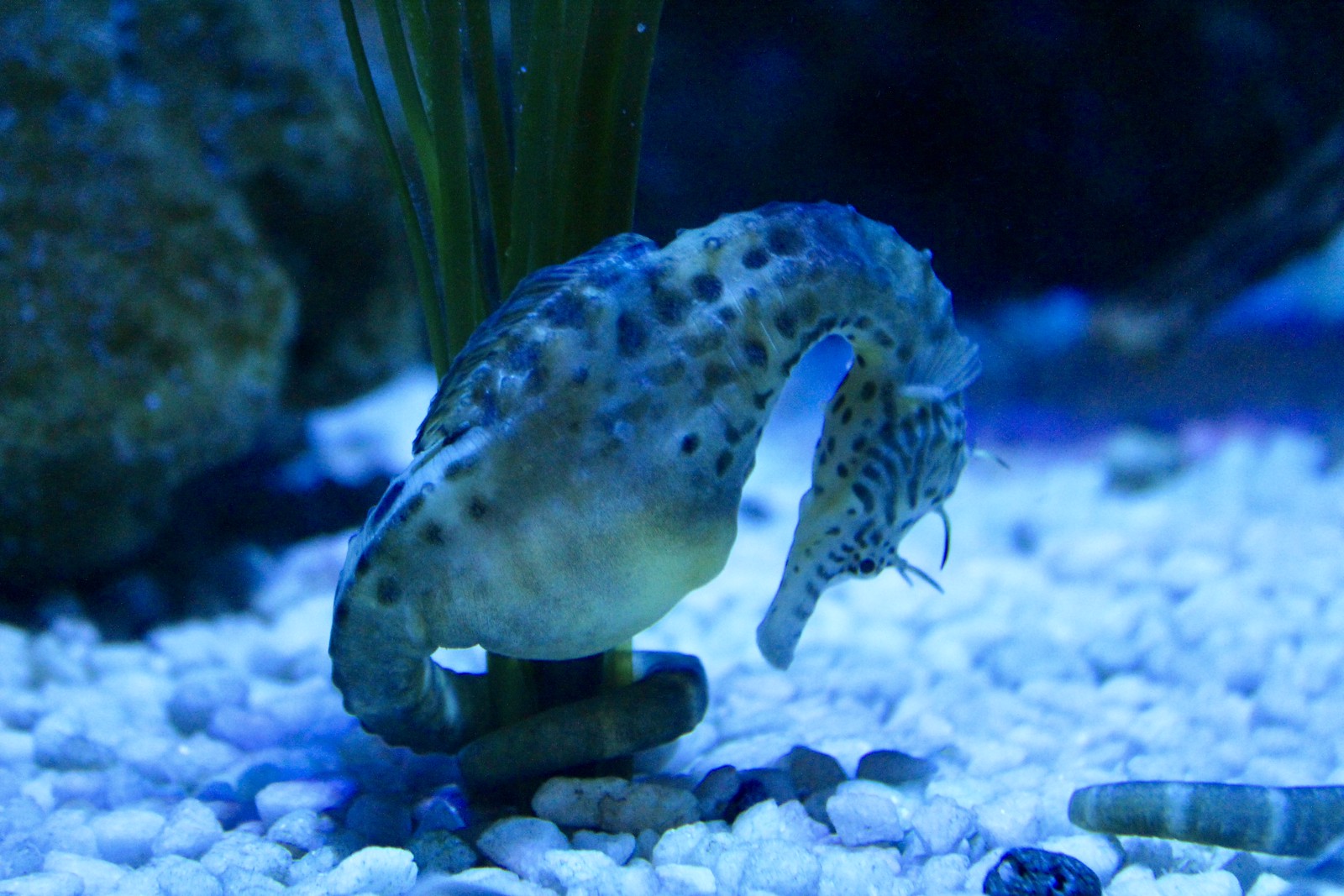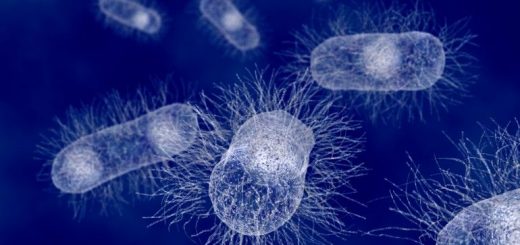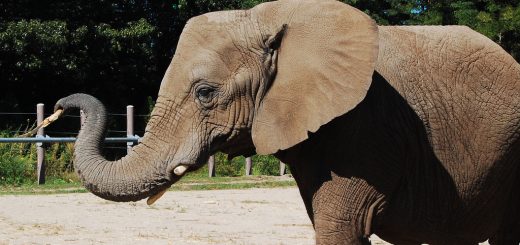Seahorses: nature’s true feminists

The Latin name for a seahorse is Hippocampus, which is derived from Greek and was inspired by their characteristic horse-like head and elongated snout[1]. Despite their elegant and charming appearance making them appear harmless, seahorses are carnivorous fish, ranging from 0.6 inches to 14 inches in size[2]. Their natural habitats include seagrass beds, mangrove forests, estuaries and coral reefs, in shallow temporal and tropical waters[3].
Seahorses are fascinating marine creatures who lack teeth and stomachs[7]. Instead, they suck in their prey through their snout and must eat around 30 to 50 times a day in order to obtain enough energy[4]. Even though seahorses can oscillate their fins up to 50 times per second[1], they are famously slow swimmers and therefore rely on other mechanisms for protecting themselves against predators, rather than escaping. Chameleons might be known as masters of disguise, but this is only because the camouflaging skills of seahorses are not being discussed enough. Seahorses can change their colour and grow or lose skin filaments to blend in with their surroundings[4]. In fact, these short-term changes make it difficult to classify them into species, as individuals of the same species can differ vastly in their appearance[4]. Another feature they have evolved that makes them excellent predators is that their eyes move independently and in all directions, thus maximizing the prey scanning area[5].
Seahorses break every stereotype when it comes to gestation. Male and female seahorses can be distinguished by the presence of a brood pouch. This has the role of a womb and surprisingly, is only present in males[6]. Reproduction takes place after a courtship ritual involving a dance during which the pair lock their tails together and sometimes change colour. The female seahorse deposits her eggs in the male’s pouch to be fertilized[4]. The pouch provides an ideal environment for the developing fry by supplying essential nutrients and acting as an osmotic adaptation chamber that changes the internal fluid from resembling body fluids to seawater throughout the gestation period and therefore minimizing the stress imposed on the offspring at birth[3].
Pregnancy lasts for 14 days to 4 weeks[3], during which the male seahorses use their prehensile tails to anchor themselves onto seaweeds to rest[6]. During that time, female seahorses are getting ready for the next reproduction cycle by ripening the next clutch of eggs[6]. This often means that males get pregnant the same day they go into labour, spending most of their lives carrying the young[7], making them nature’s most supportive feminists!
Edited by Liam Butler
Copy-edited by Claire Thomson
[1] https://www.fws.gov/international/animals/sea-horses.html
[2] https://www.nationalgeographic.com/animals/fish/facts/seahorses
[3] https://projectseahorse.org/saving-seahorses/seahorse-faqs/
[4] https://www.thoughtco.com/seahorse-facts-2291858
[5] https://www.theseahorsetrust.org/seahorse-facts/
[6] https://oceanconservancy.org/blog/2018/12/10/7-wild-facts-may-not-know-seahorses/
[7] https://www.wildrepublic.com/product/seahorse/







